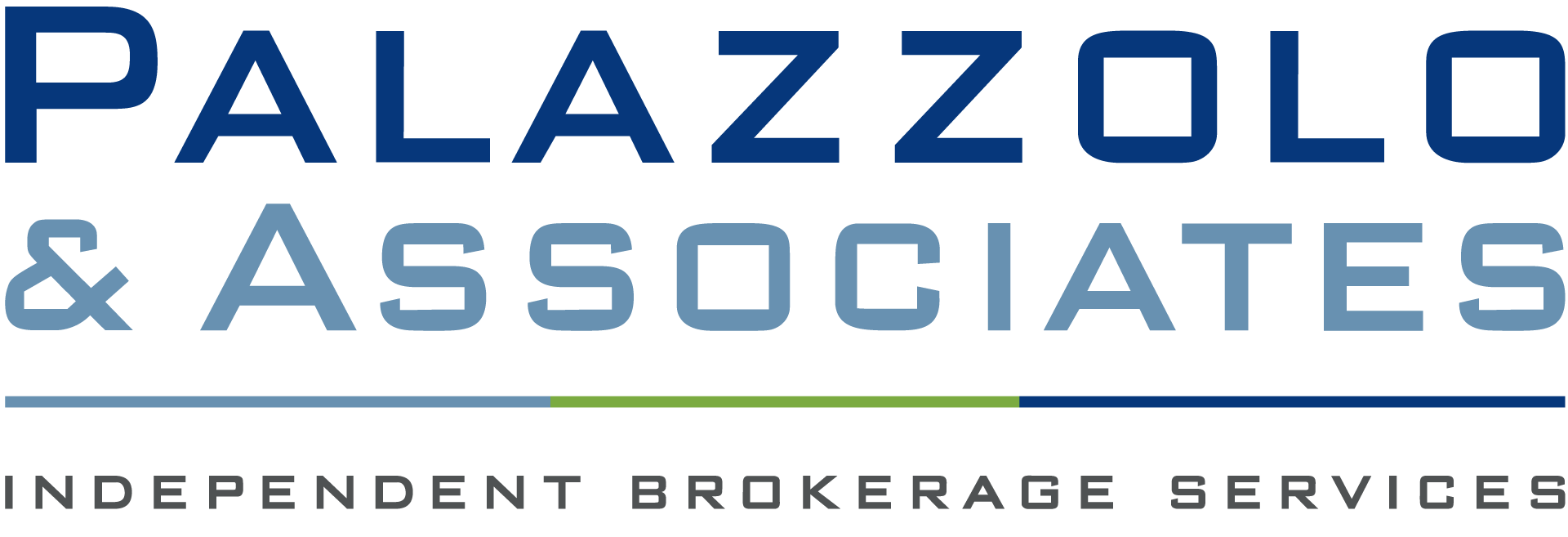When you pick next year’s health plan, it’s one of the most important decisions you’ll make for your employees. But it’s hard to find time to closely study every plan, especially if you aren’t an expert in health insurance terminology. To help you with this decision, we put together a checklist of the most important points to consider.
Premiums
You have a limited budget for your health insurance plan, so getting a reasonable premium is essential, especially since rates keep going up. Over the past five years, premiums on employer-provided insurance plans rose 20 percent, according to the Kaiser Family Foundation.
If you can find a quality plan for a lower premium, that’s good news for you and your employees. But make sure the lower priced plan offers the same level of coverage, especially with out-of-pocket expenses.
Out-of-Pocket Expenses
These expenses on a plan, such as deductibles and copayments, are just as important as the premium. Employees need to pay these fees whenever they use the health plan. It’s a sizable expense.
If you find two plans with roughly the same price but one has lower out-of-pocket expenses, that looks like a better choice. Unfortunately, there’s a trade-off because between out-of-pocket expenses and premiums. Plans with lower out-of-pocket expenses typically charge a higher premium.
Employee Preferences
To figure out the right approach, ask your employees what they want most out of coverage. Are they a relatively young, healthy workforce who would prefer lower premiums, even if it means higher out-of-pocket costs? Or would they rather get a higher premium plan that covers more of their bills when they need care? Since you’re buying a plan for your employees, make sure it’s what they actually want.
Provider Network
Every health plan has a provider network, an easily accessible list of approved doctors for the plan. Ideally, your employees would have all their doctors on the network. Insurance companies usually provide an online directory so you can look up whether an employee’s doctor is in the network.
If an employee has an out-of-network doctor, whether they can keep seeing them depends on the plan. Some plans use an HMO format, which means employees can only visit providers on the list (unless it’s an emergency). Others use a PPO where employees can see out-of-network doctors in exchange for paying more out-of-pocket.
Prescription Drug Coverage
Plans also cover prescription drugs at different rates. The rates are listed on a document called a formulary. Once you narrow down to a few plans, you could provide the formularies to your employees to see which offers the best prices for their prescriptions.
If your employees have any special coverage needs, take these into account for the plan, as well. For example, if employees regularly travel abroad, what kind of international coverage is offered?
By going through this checklist, you’ll have a solid head start on finding your next plan. Good luck with your research.
David Rodeck is a professional freelance writer based out of Delaware. Before writing full-time, he worked as a health- and life-insurance agent. He specializes in making insurance, investing and financial planning understandable.

